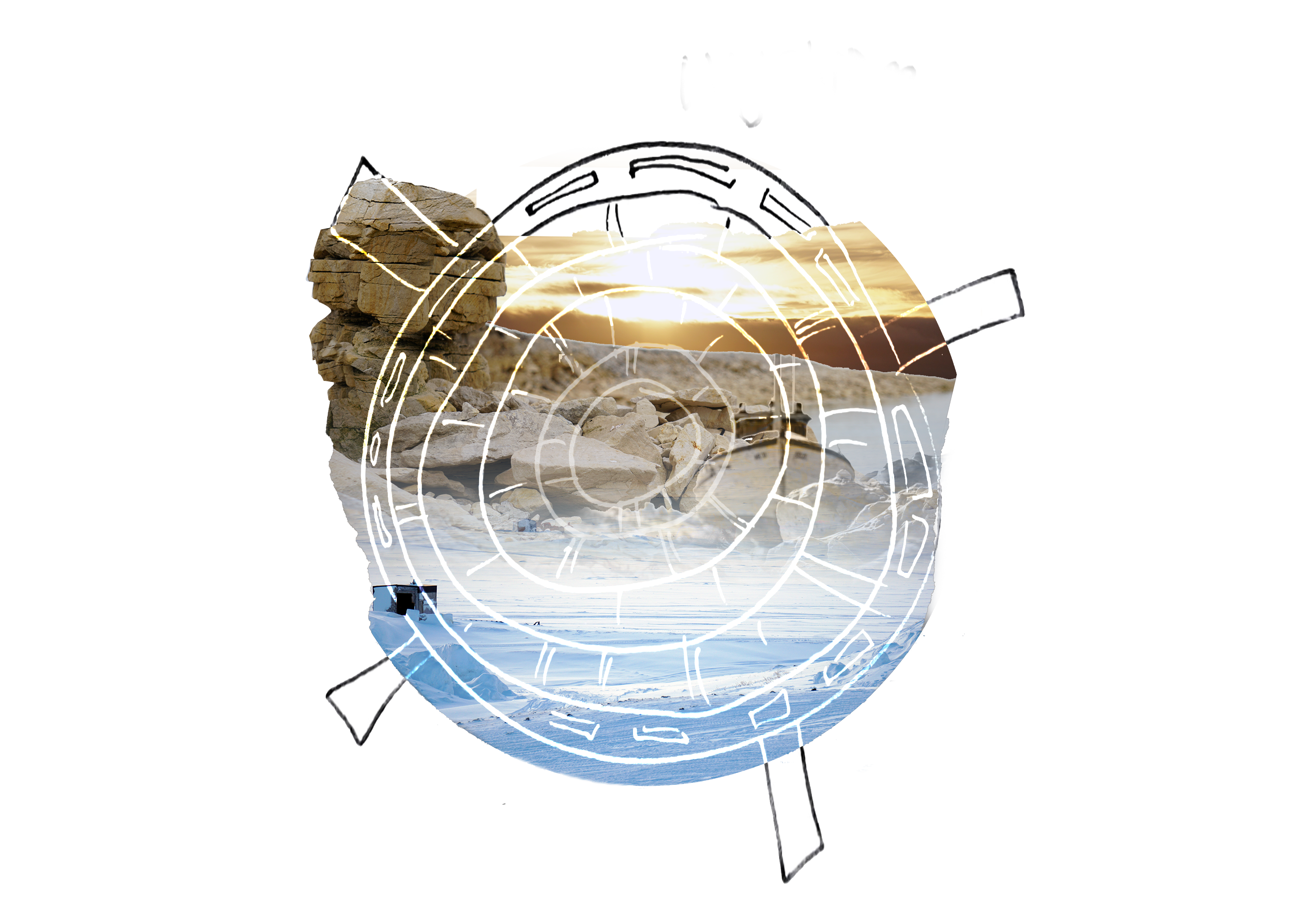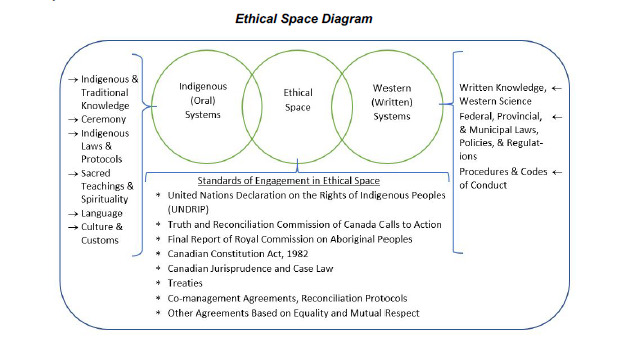Ethical Space of Engagement: Difference between revisions
No edit summary |
No edit summary |
||
| Line 13: | Line 13: | ||
<div class="next_choice">If you have not yet checked out the terms of engagement of this knowledge-land-scape, you should check them out. Find them on the bottom right of your screen. | <div class="next_choice">If you have not yet checked out the terms of engagement of this knowledge-land-scape, you should check them out. Find them on the bottom right of your screen. | ||
Otherwise, | |||
Otherwise, return to your original path and continue tracing the BearWatch researchers, as they seek to collaborate with the Gjoa Haven HTA on their needs for recognition. </div> | |||
<span class="return to-cut-1 link" data-page-title="Voices_of_Thunder" data-section-id="4" data-encounter-type="return">[[Voices of Thunder#Joining the BearWatch Project|Return to Cut 1: Voices of Thunder]]</span> | <span class="return to-cut-1 link" data-page-title="Voices_of_Thunder" data-section-id="4" data-encounter-type="return">[[Voices of Thunder#Joining the BearWatch Project|Return to Cut 1: Voices of Thunder]]</span> | ||
Revision as of 17:29, 24 January 2025

You have found a vista. A vista is a site from which a particular view is offered. They allow for a prospective ethics, and to make meaningful decisions, when called upon. Vistas nevertheless do not provide all-knowing insights. They are partial perspectives that need to be reconsidered per series of events.
In this particular case, you are presented with the guiding principles of the ‘Ethical Space of Engagement’ (ESE), as proposed by Sturgeon Lake First Nation elder Willie Ermine (Ermine 2007).
The ESE, is a “third space” approach, through which differentiated nations or collectives might negotiate ethical encounters with each other in an ‘ethical’ space that belongs to neither. This third space emerges both through principled practices (like for example negotiating terms of engagement), and as a guiding model for willing partners to re-position themselves, so they can encounter each other from an equitable point of beginning(Ermine, 2007; Ermine 2015; Indigenous Circle of Experts 2018).
When taking the ESE as a guiding principle for ethical knowledge conciliation, it is no longer a box to "tick" nor a static end-goal, but rather becomes a practice that requires ongoing negotiation. It is a constant weaving back and forth between the willingness to meet each other in the "in-between", while also respecting and acknowledging each others cultural integrity.

